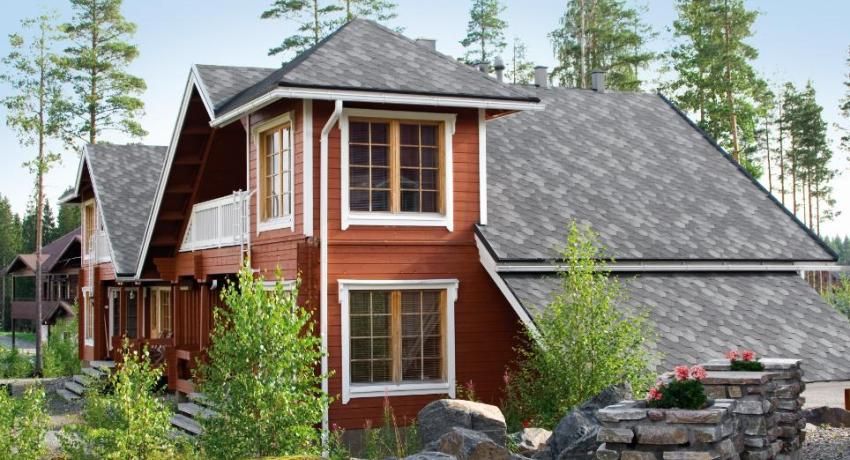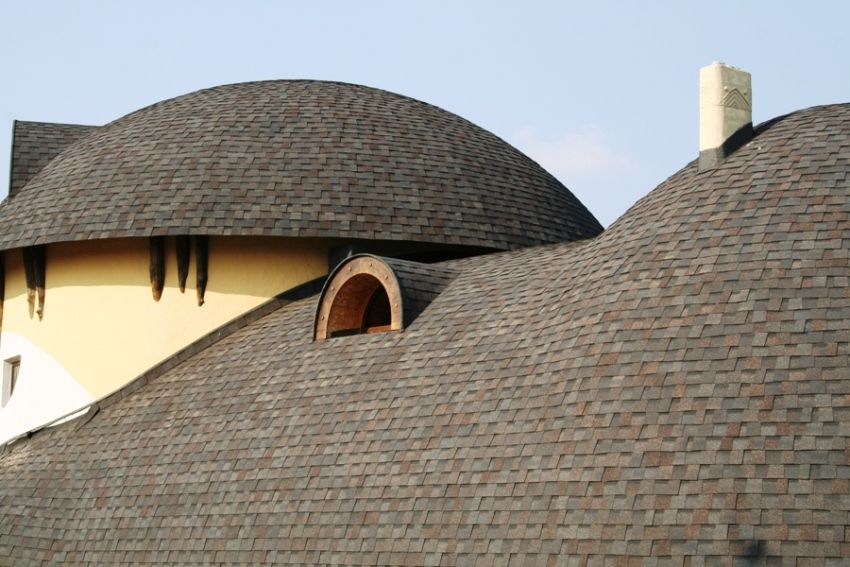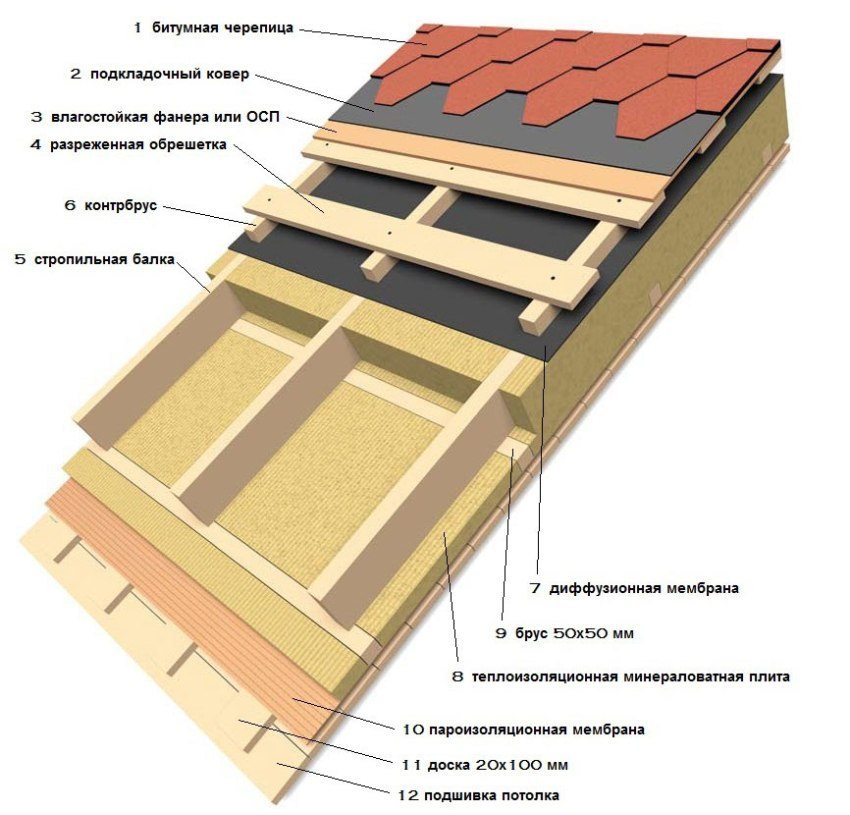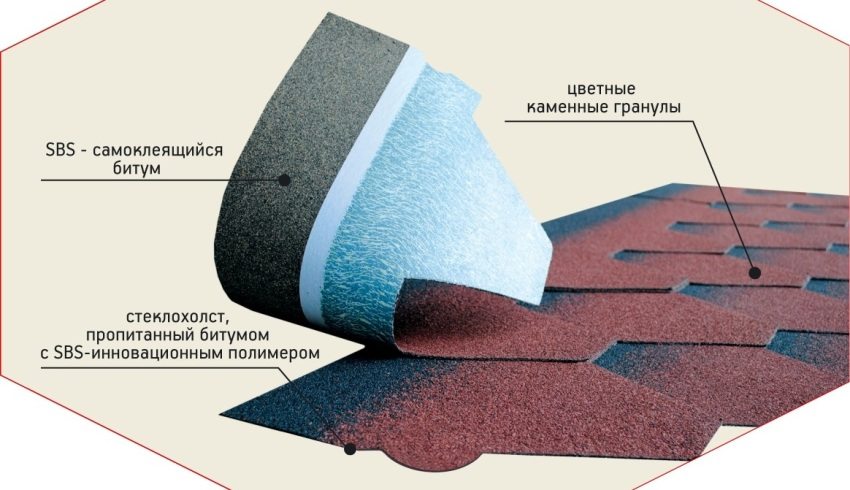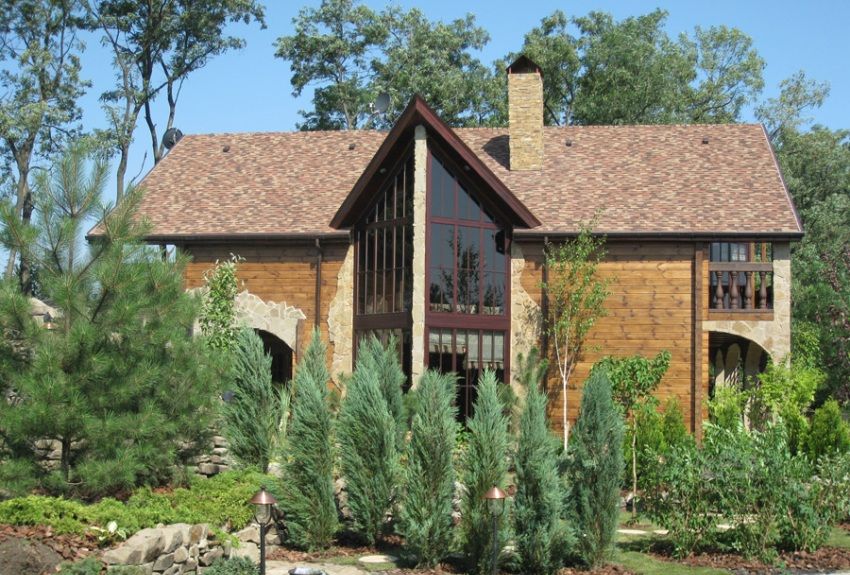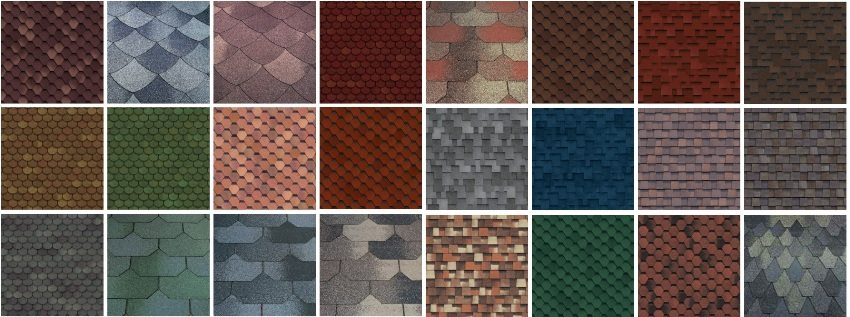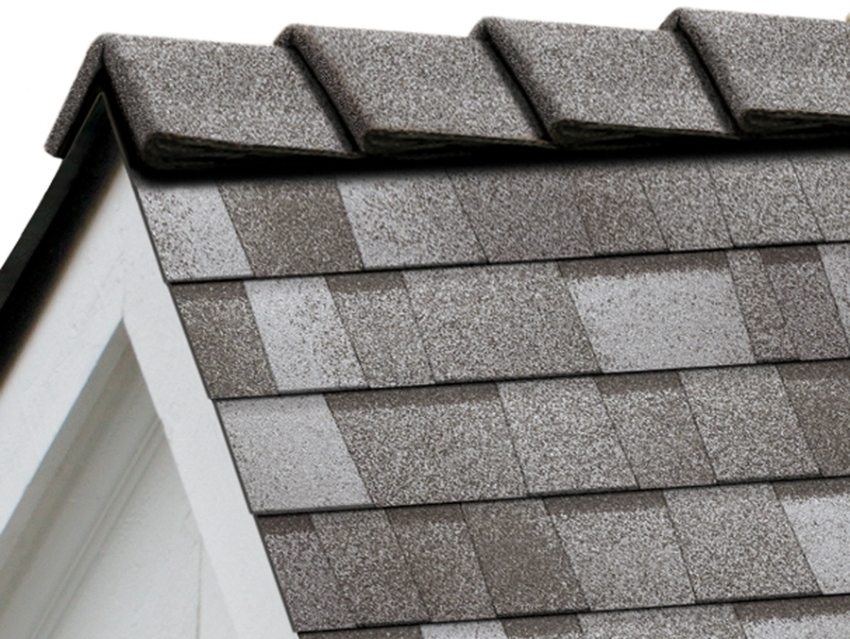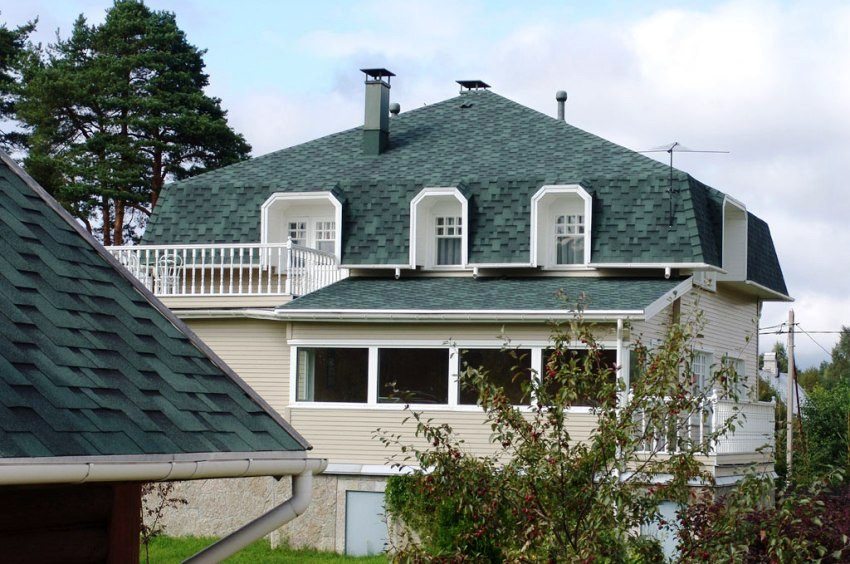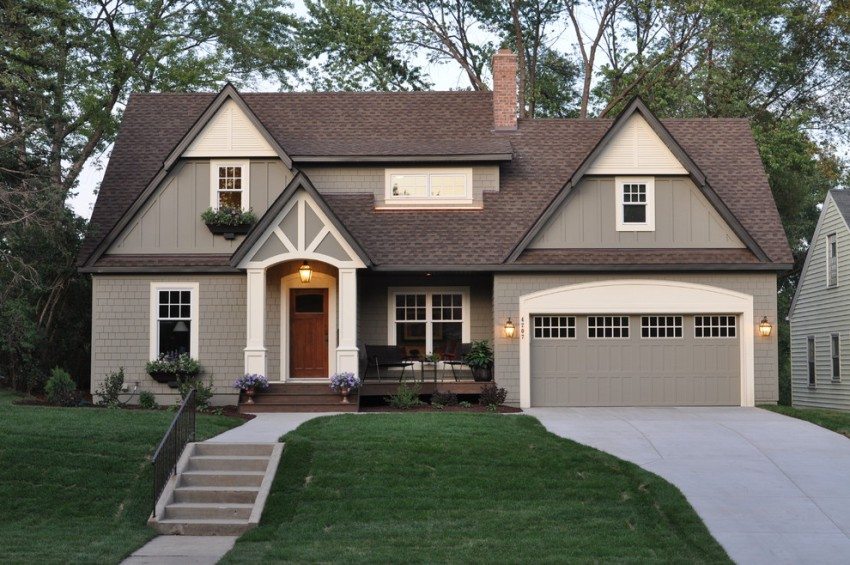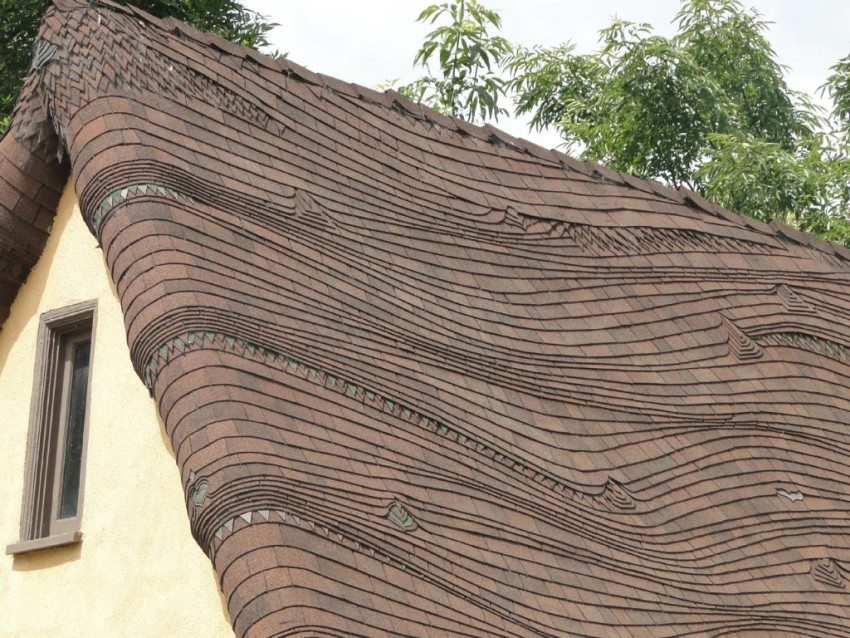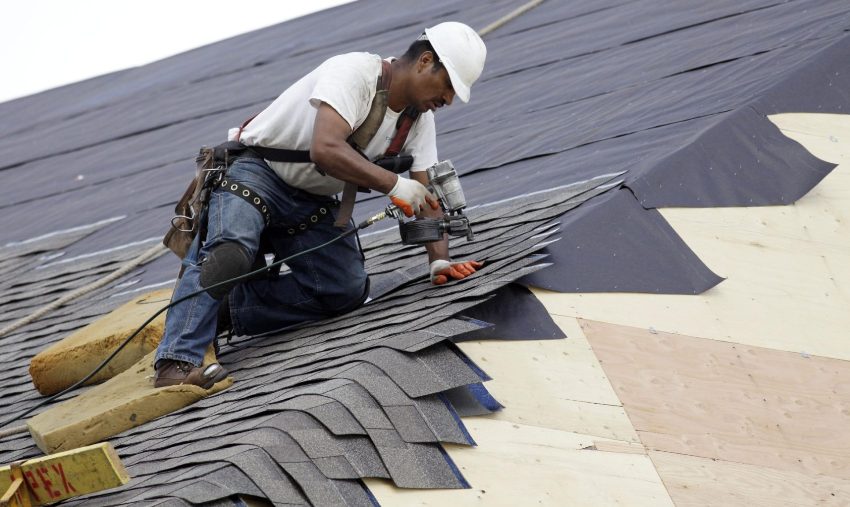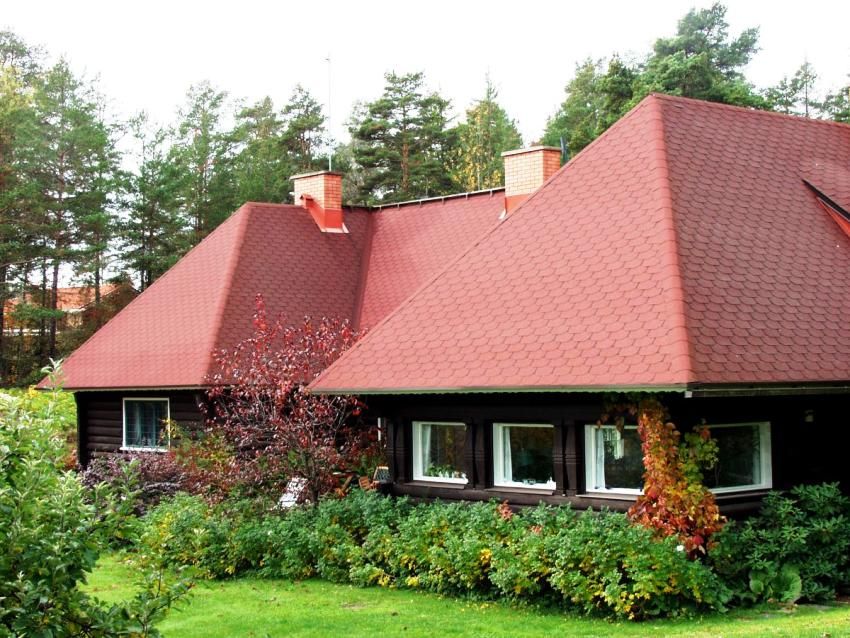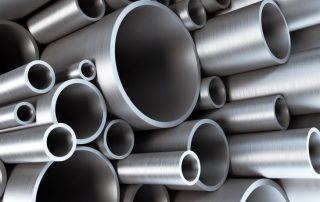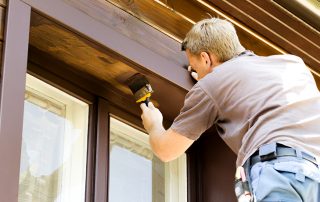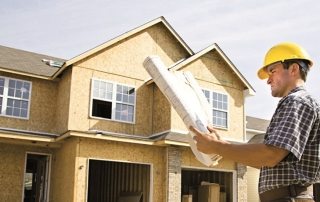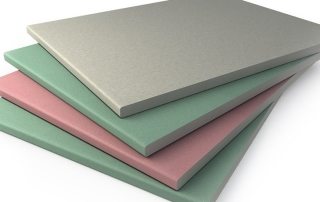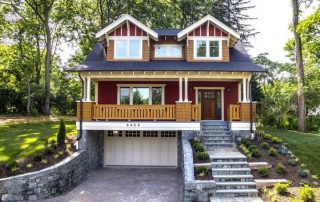This product has a new name, but its composition is traditionally based on the use of a long-known roofing material. The changes that have been made to this material have shown it positively at a higher level. As a result, users were able to apply an improved, beautiful, comfortable and reliable roof covering. Photos of types of soft roofing and prices show a formal resemblance to traditional roofing, but this is a different, more modern material.
The peculiarity of the new products used in construction is that they combine the environmental friendliness and naturalness of the materials preceding them, but differ in lower weight, ease of processing, and bright presentability. Soft-surface technology makes it easy to handle any roof structure and angle of inclination.
Content [Hide]
Prices and types of soft tiles by product shape
Bituminous shingles have a flat surface. There is no corrugation on it, but this does not prevent us from talking about this material as an analogue of traditional tiles. This is explained by the similarity in the method of installation, but flexible roofing has a wider application and can be used on complex, round, turreted, hybrid and other types of roofs.
By types and prices, soft tiles are divided into:
- coarse-grained;
- fine-grained;
- single layer;
- multilayer or laminated;
- with a metal coating.
Related article:
Video of installation of a soft roof: device technology. Different types of soft roofing: advantages and disadvantages. Installation technology for various roofs: tiles and roll materials.
In addition to bitumen, the composition of the soft roofing material is largely present glass canvas... This gives the tile high tensile and tensile strength, non-combustibility and resistance to deformation under the influence of high temperatures. Roofing technology allows you to use it for re-roofing over old soft material.
This reinforcement of the roof will not place undue stress on its base as it is not overweight. This parameter is only from 9 to 13 kg per m². As a result, the repair will be less labor-intensive, waste-free, and the remaining layer will become an additional protective cover from cold and noise.
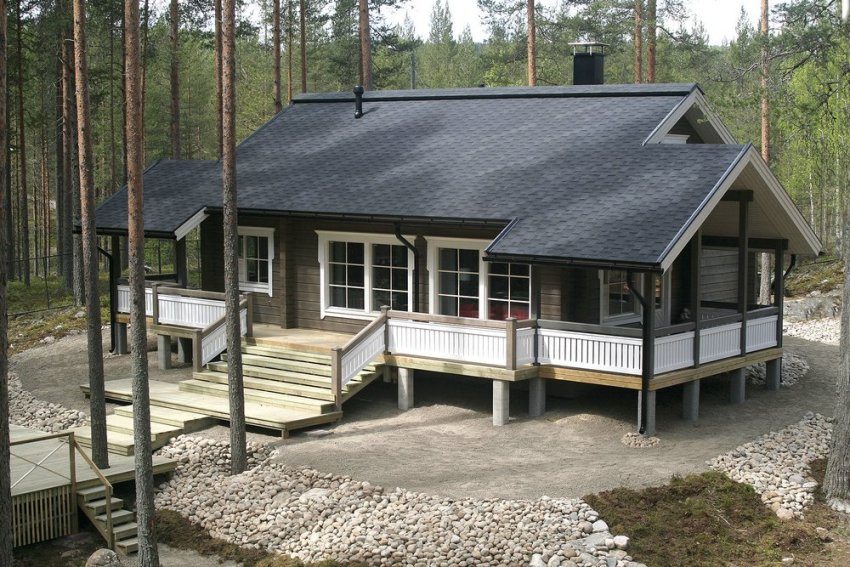
Due to its composition, bituminous shingles have improved heat and sound insulation qualities. This will protect the house from external sounds and cold.
Features of the bottom layer
In the photo, the types and prices of soft roofs stand out with real attractiveness. The lower part of the product has adhesive properties, so it is protected from self-adhesion by film or sanding. During installation on the roof, this ball is removed, and after the bituminous substances are combined, it sticks together. This process occurs faster if the material is heated.
But during storage, the sheets of soft roofing material must be isolated from each other, because they will become unusable. It is very important to take into account that the tiles must not be installed at temperatures below -5 °. The cold will not allow the material to self-glue, and it will not last long. In addition, at temperatures below the boundary mark, the tiles will begin to break.
The qualities of types of soft tiles
Only high quality material can ensure long and reliable operation of roofs. In this respect, all types of soft tiles are valuable, because if the installation rules are followed, they turn into a flexible, but unbreakable monolith. Such a roof will be a reliable protection of the house from heat and cold, moisture and decay.
When purchasing a product, you need to make sure that it is of high quality. Even a superficial glance will tell you about the state of the tiles by the location of the top layer of chips. If it is scattered evenly, firmly glued, then the product is of good quality. An additional tip that can be used is the elasticity and uniformity of the layer thickness of the sheets.
Photos of types of soft roofs and prices
The cost of a soft roof depends on the manufacturer and the quality of the material. The price range is wide enough, and it reflects the features of the bituminous roof and the specifics of its application:
- cheap materials can be purchased at a price of $ 3.2 per 1 m²;
- the most common price for a soft roof is in the range of $ 5.6 per 1 m²;
- if you prefer the best, skip the first two points and move on to products that start at $ 9.7 per square meter.
How to check shingles for quality
Poor-quality tiles will give themselves away with excessive rigidity, which will interfere with working with this material. Such simple techniques for checking the quality of the tiles will help the buyer not to make a mistake with the choice and not to throw money down the drain. When installing bituminous tiles, it is necessary to provide a ventilation gap between the plates and joists. This will avoid rotting of the wooden battens. Also, such a layer makes it possible to additionally insulate the roof. Air vapor must escape from under the ridge.
Benefits of shingles
Flexible shingles have several advantages:
- light weight. This is essential for work at height, as well as the fact that the roof will not be overloaded with excessive weight. The effect that the buyer gets from using such a product is obvious. This is saving not only on material, but also on the rafter structure;
- high thermal insulation capabilities. They are best manifested in interaction with wooden boards, which are used as a lining;
- anti-noise protection. Under a roof made of bituminous tiles, it is much calmer and more comfortable during rain or hail. Metal analogs cannot be compared with bituminous ones in this respect;
- in the same way, the soft material surpasses the metal profile in resisting the effects of corrosion;
- not electrically conductive.For such a roof, it is not required to equip grounding devices;
- not influenced by the wind. Sailability does not appear in this material;
- impact resistance. A roof made of soft material will not suffer from either large hail or pebbles falling onto its surface. This is opposed by both the continuous crate and the shock-absorbing properties of the bitumen that dampen the shock force;
- simple and easy installation;
- aesthetics is achieved not due to the contrast of color, but due to the ability to combine sheets of different shapes, as well as fancy bends that can be made from others roofing materials unrealistic. The geometry of the shapes is not limited.
Disadvantages of shingles
Shingles are not devoid of disadvantages:
- weak frost resistance. Over time, due to temperature fluctuations, flexible shingles are deformed, cracks and tears appear on it;
- the material shows weakness when exposed to sunlight, lends itself to the influence of an aggressive environment, flowering. A rough surface becomes a place where dust and tree leaves accumulate. In order to protect the material from fungus, special treatment is required;
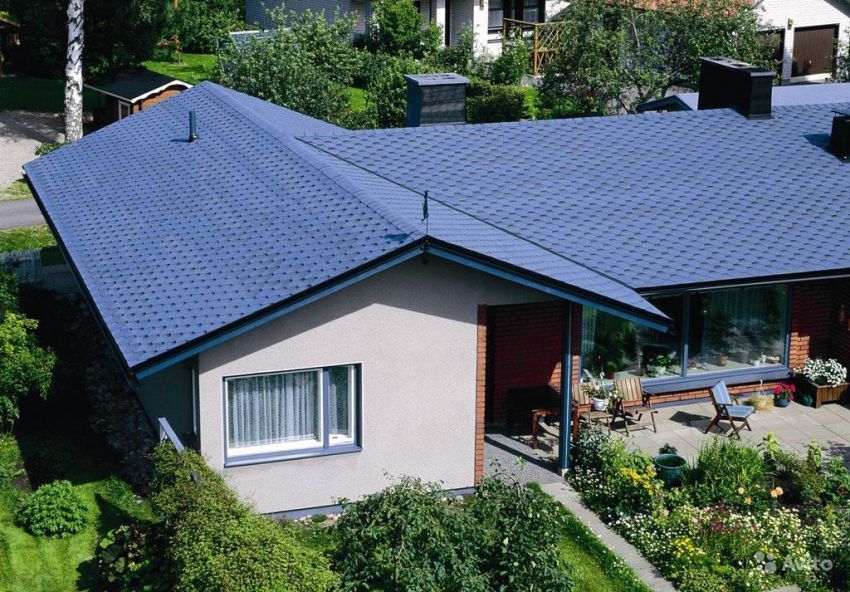
To protect the coating from mold and mildew - the roof surface can be treated with special protective solutions
- water absorption. This figure is about 10%. As a base, it is necessary to use moisture-proof boards made of wood or plywood;
- working with this material is not desirable on hot days, especially during repairs. Large bursts of bituminous products are possible;
- heat resistance is only + 100 ° С.
Features of flexible roof
Soft roof shingles with a steep slope are more beneficial than other materials. With its natural grip, it can be installed on roofs at a 90 ° angle. There are no complicated roof configurations for bitumen material. Bituminous sheets can be laid on complex curved surfaces with high precision of joining and adhesion. In this respect, such material cannot replace any other product.
How is the installation of a soft roof
Photos of a soft roof allow us to conclude that this is not a difficult material to lay. It is placed on pre-fixed wooden slabs. Laying is carried out from the central part of the roof to its end sections. The protrusions of the next row are superimposed on the fastening of the previous one. For those doing this kind of work, it is important to use a mixed system for selecting sheets from different packages. This will help to avoid the effect of roof staining.
In the places where the chimneys come out to the surface, it is necessary to carry out additional insulation measures and create protection from rubber seals. For the installation of the ridge part, special sheets in the form of tiles are used. If you understand and properly lay soft tiles, you can make a very beautiful roof. But if it is possible to attract a specialist, this will help reduce the likelihood of making mistakes to zero. It's a roof after all.
